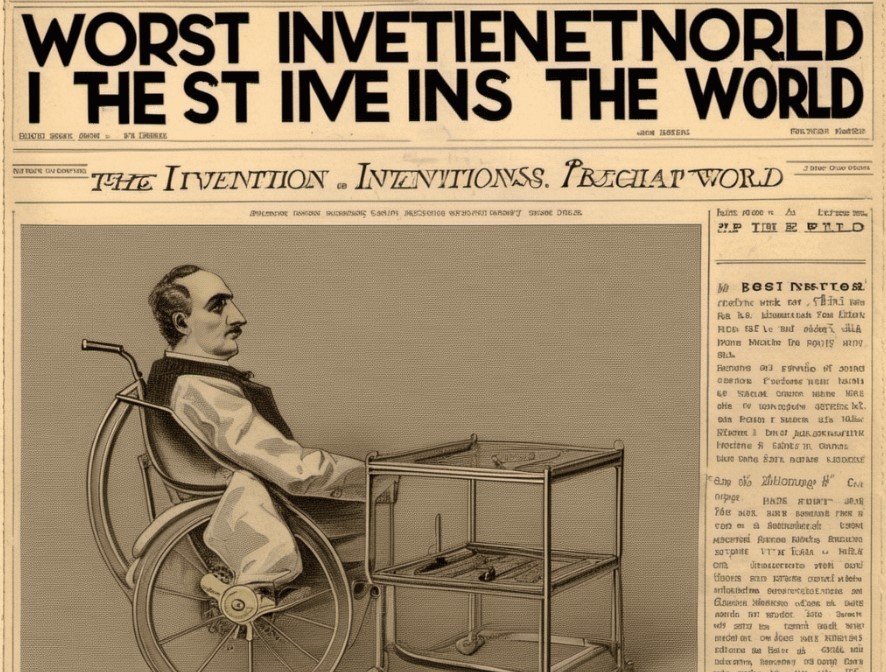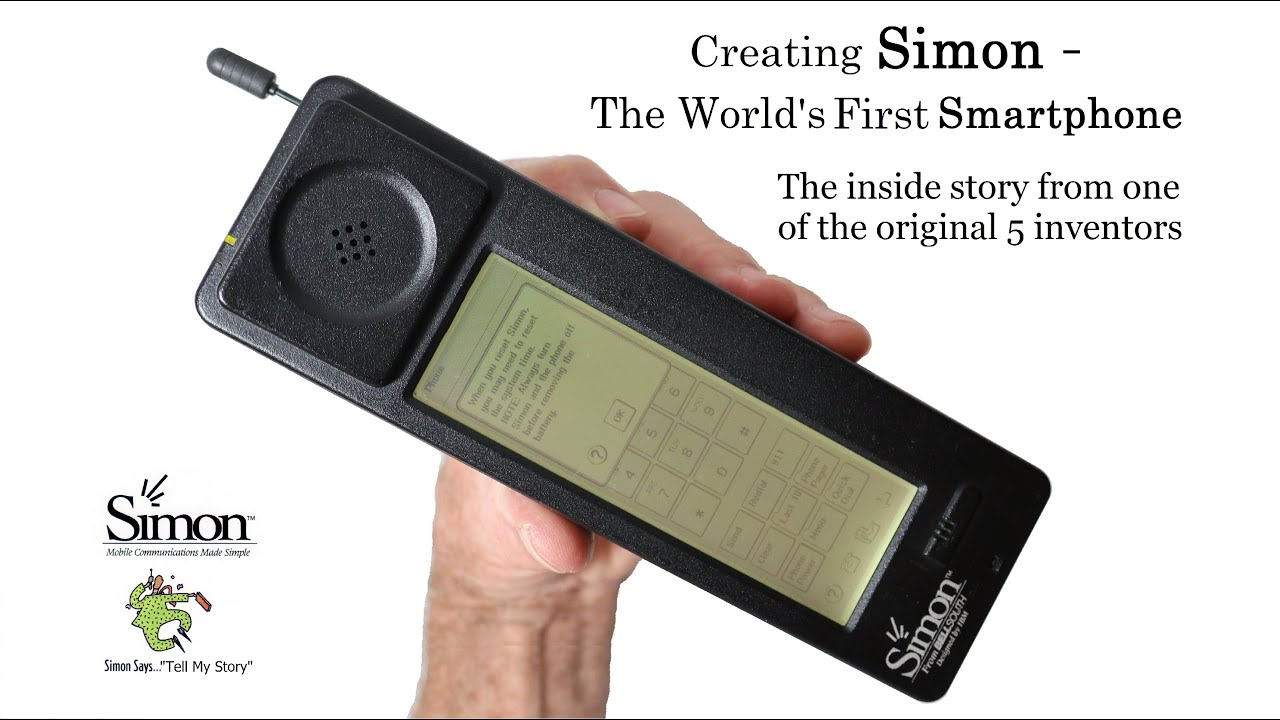What is the first television in the world and who invented it?
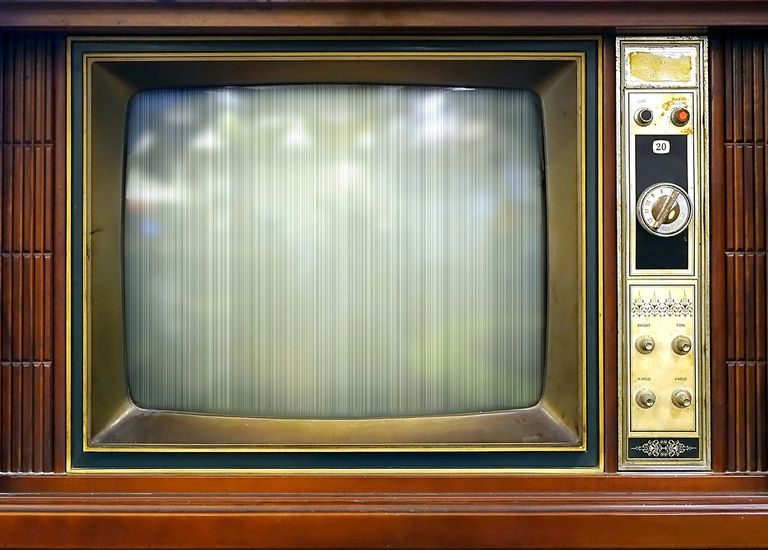 |
| Photo: ThoughtCo |
Television technology was actually first developed in the 19th century, before commercial radio was conceived of, when, in 1897, Ferdinand Braun invented the cathode ray tube. But before that, many people lay the foundation to the invention of television.
Television was not invented by a single inventor, instead of many people working together and alone over the years, contributed to the evolution of television. In 1831 Joseph Henry's and Michael Faraday's work with electromagnetism jumpstarts the era of electronic communication. 31 years later in 1862, first still image transferred. Abbe Giovanna Caselli invents his Pantelegraph and becomes the first person to transmit a still image over wires. Scientists May and Smith experiment with selenium and light, this reveals the possibility for inventors to transform images into electronic signals in 1873.
In 1876 Boston civil servant George Carey was thinking about complete television systems and in 1877 he put forward drawings for what he called a selenium camera that would allow people to see by electricity.
Eugen Goldstein coins the term "cathode rays" to describe the light emitted when an electric current was forced through a vacuum tube.
The Late 1870s, scientists and engineers like Paiva, Figuier, and Senlecq were suggesting alternative designs for Telectroscopes.In 1880, inventors Alexander Graham Bell and Thomas Edison theorize about telephone devices that transmit image as well as sound.
Bell's Photophone used light to transmit sound and he wanted to advance his device for image sending. George Carey builds a rudimentary system with light-sensitive cells. In 1881 Sheldon Bidwell experiments with his Telephotography that was similar to Bell's Photophone.
Paul Nipkow sends images over wires using a rotating metal disk technology calling it the electric telescope with 18 lines of resolution in 1884. 6 years later at the World's Fair in Paris, the first International Congress of Electricity was held. That is where Russian Constantin Perskyi made the first known use of the word "television."
Soon after 1900, the momentum shifted from ideas and discussions to the physical development of television systems. Two major paths in the development of a television system were pursued by inventors.
- Inventors attempted to build mechanical television systems based on Paul Nipkow's rotating disks or
- Inventors attempted to build electronic television systems based on the cathode ray tube developed independently in 1907 by English inventor A.A. Campbell-Swinton and Russian scientist Boris Rosing.
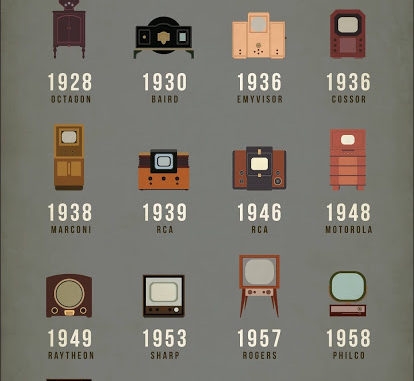 |
| Photo: Vintage News Daily |
In 1906 Lee de Forest invents the Audion vacuum tube that proved essential to electronics. The Audion was the first tube with the ability to amplify signals. Boris Rosing combines Nipkow's disk and a cathode ray tube and builds the first working mechanical TV system.
The first time the cathode ray tube was used to produce images was in 1907. The tube was an essential step in the invention of television, followed by Philo Farnsworth and Vladimir Zworykin's independent developments of the image dissector and iconoscope. By the end of the 1920s, the United States had a total of fifteen experimental stations for mechanical television. In 1929, Herbert Hoover, at the time the Secretary of Commerce, made an appearance on the mechanical television of AT&T. RCA, the pioneer in broadcast development, did broadcasting experiments in the early 1930s.
On the eve of World War II, RCA was pushing for its television standards to be accepted for production. In response, the National Television System Committee, created by the Federal Communications Commission (FCC) and composed of engineers, made recommendations for electronic television system standards. These were adopted in the spring of 1941. World War II delayed the commercial development of the television, although research and development targeted for the war effort resulted in the possibility of better products for consumers.
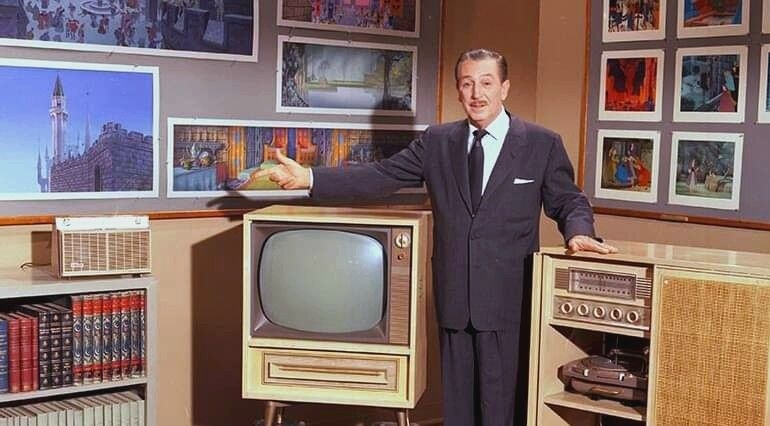 |
| Photo: Pitereset |
At the close of World War II, there were less than 7,000 working television sets, and only nine stations on the air, in the entire country. The United States was the leader in television technology, primarily because advances were made directly before, during and after WWII, when America's major competitors in television development, Germany and England, halted their research programs.
The earliest television networks in the United States (NBC, CBS, ABC and DuMont) were actually part of the larger radio network systems, and many of the early television shows were simulcasts of popular radio shows. In 1951, ABC merged with United Paramount Theaters, gaining sizable financial resources with which to compete in a fierce television market. DuMont was unable to survive and by 1956 was no longer viable, with ABC picking up many of DuMont's affiliate stations. Networks offered centralized sales, distribution and production services which lowered costs for individual affiliates. This system was geared towards generating advertising revenue as well, because advertisers were interested in the ability to reach nationwide audiences.
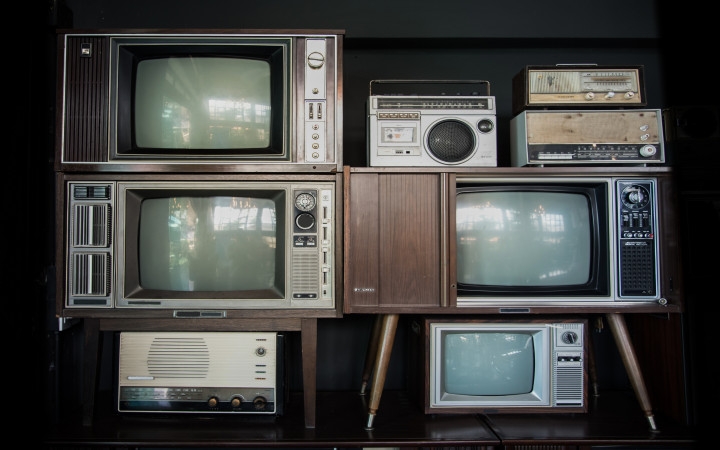 |
| Photo: Wonderopolis |
During the first five years of the 1950s, ownership of televisions skyrocketed, affecting other forms of entertainment available to the public. This time period witnessed, for example, the closing of many movie theaters, as motion pictures competed with television for consumer attention.
Ultrahigh Frequency (UHF) channels were unveiled in 1952, after a 1948 freeze on station licensing. The four years allowed engineers to work out the electronic and political complexities of these additional channels. 1962 was the first year that tuners for both UHF and the earlier Very High Frequency (VHF) stations were required by Congress, which allowed UHF stations to compete more effectively. Their position was furthered strengthened in the 1970s with the rise of interest in cable television.
| Cable TV was developed very early on and began to be used in the 1950s as a way to expand the reach of network television in areas that had problems receiving broadcast signals, prompted by the desire of businesses to sell televisions in their area. In the 1960s cable stations began to import alternative broadcasts into new markets, fragmenting network reach. The networks demanded FCC regulation of the industry and this regulation slowed growth until the 1970s, when cable TV saw phenomenal growth. |
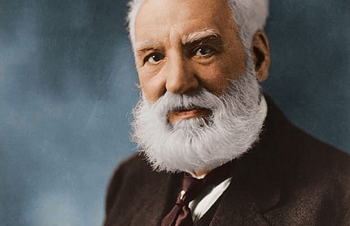 What is the First Telephone in the World and Who is Inveted it? What is the First Telephone in the World and Who is Inveted it? Have you ever wonder what is the history of the first telephone in the world. If your answer is yes, you landed on the right ... |
 What is the tallest outdoor elevator in the world? What is the tallest outdoor elevator in the world? With the highest outdoor elevator in the world, travellers are able to marvel at the unique rock formations in the Wulingyuan region of the Zhangjiajie ... |

